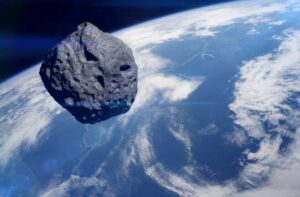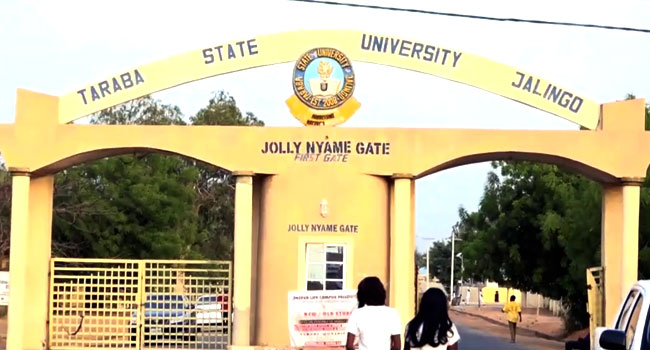The World Asteroid Day is a celebration that is carried out every June 30th. This day is used to create awareness about asteroids, their potential impact on Earth, and what we can do to protect our planet. It also serves as a reminder for the Tunguska event in 1908, when a large explosion caused by an asteroid or comet occurred over Siberia, flattening thousands of square kilometres of forest.
We have therefore created 10 facts about asteroids you probably didn’t know. By learning more about asteroids, we can better understand these space rocks and how they have shaped, and can still affect, our world.
1. Asteroids are not stones but similar:
Most people think asteroids are stones, but NO, they are formed from rocks and metals. This makes them somewhat similar to stones found on Earth, but they can also contain metals like nickel and iron.
2. Some have fallen upon earth in recent history:
Event: On June 30, 1908, an asteroid or comet exploded in the atmosphere over Siberia, Russia, near the Tunguska River. The explosion, often referred to as the Tunguska Event, flattened about 2,000 square kilometres (770 square miles) of forest. It is estimated to have been caused by an object 50-60 metres (164-197 feet) in size. This gave birth to what we celebrate today.
3. Solar system remnants:
Asteroids are pieces left over from when the solar system was formed. They didn’t form a planet because of Jupiter’s strong gravity.
4. There are different types of asteroids:
There are three main types of asteroids. C-type are rich in carbon, S-type are made of silicate rocks, and M-type are metallic. C-type asteroids are the most common.
5. Largest asteroid:
The biggest asteroid in the asteroid belt is Ceres. It is also called a dwarf planet and is about 940 kilometres (584 miles) wide. But it is not as big as earth.
READ ALSO: No evidence mystery UFOs are alien spacecraft, report finds: NYTimes
6. Near-earth asteroids:
Some asteroids come close to Earth. These are called Near-Earth Asteroids (NEAs). Scientists watch them closely to make sure they don’t hit us.
7. There is water on asteroid:
Some asteroids have water in the form of ice. This is important because we could use this water on space missions.
 Asteroids. Photo. @Discover
Asteroids. Photo. @Discover8. Asteroid caused the extinction of dinosaurs:
The impact of the asteroid is believed to have caused the dinosaurs to go extinct 66 million years ago. The impact created a large crater in Mexico called the Chicxulub crater.
9. Asteroid with moons:
Some asteroids have small moons. For example, the asteroid Ida has a tiny moon called Dactyl. These moons help scientists learn more about asteroids.
10. Space missions to asteroids:
Scientists have sent missions to study asteroids. NASA’s OSIRIS-REx mission collected samples from the asteroid Bennu. These samples will help us learn about the early solar system.
These are important things to know about asteroids, their massive impact on our solar system, and also the reasons why we dedicate every June 30th to celebrate it.
Author
-

Kareem Azeez is a dynamic journalist with years of media experience, he crafts captivating content for social and digital platforms.

 4 months ago
20
4 months ago
20















 English (US) ·
English (US) ·